The dairy industry has seen a rapid increase in numbers in recent years and with that there has also been a rapid increase in the number of calves being reared on beef farms.
Welfare standards on Irish farms are up there with some of the best in the world. However, it is important as calf numbers increase on farms and labour demand also increases that high calf welfare standards are adhered to.
New amendments to welfare protocols may add further pressure to calf rearing facilities and labour on dairy farms. Here we outline some of the important points.
The five freedoms are a good starting point to benchmark your calf care against. They may seem like common sense, but go down through the list and make sure every box is ticked.
1.Freedom from hunger and thirst.2.Freedom from discomfort.3.Freedom from pain, injury and disease.4.Freedom to express normal behaviour.5.Freedom from fear and distress.Artificially rearing calves is a different skillset that many beef farmers will not have.
Having adequate facilities which includes proper housing with good ventilation, milk feeding and mixing equipment, water drinkers and adequate bedding are all important aspects of successful calf rearing.
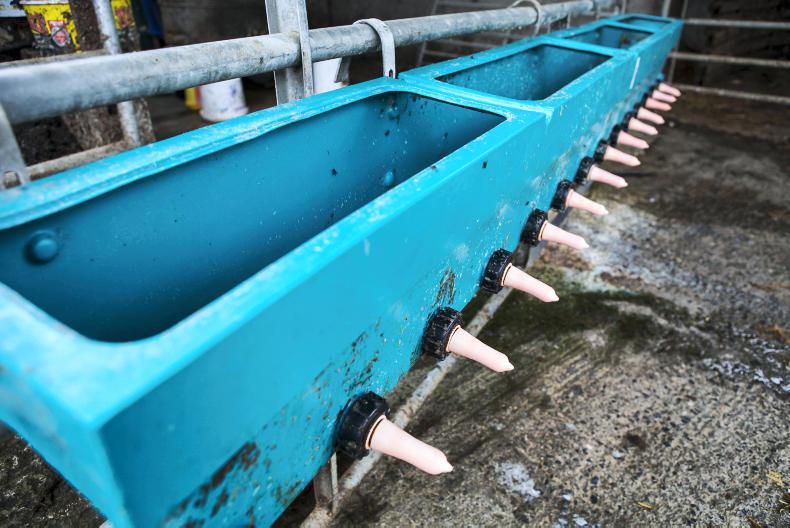
Having adequate calf-rearing equipment will greatly reduce labour associated with calf rearing.
Adequate lying space is also very important. Calves under 150kg should have 1.5m2 for each calf and 1.7m2 for a calf between 150kg and 220kg.
Stockperson skills
The person looking after the calves is one of the key cogs in the calf rearing business wheel. Calf rearing is often left to young people working on farms or students.
It’s important that the person in charge has some form of training provided, eg identifying sick calves or more importantly identifying sick calves very early.
Understanding change in behaviour is very important in relation to young calves as calves can become very sick very quickly.
Sixty calves were reared on Tullamore Farm in 2017. The calves were purchased at three to four weeks of age and reared in a large loose straw bedded shed.
The management team in Tullamore Farm found that routine was really important, with calves fed at the same time every day. A clean dry bed was also kept under calves at all times. Calves had access to clean water from day one on the farm.
Calf feeding equipment was also cleaned thoroughly after each feeding. No scour incidences were observed and there were also no pneumonia issues.
Calves were consuming 2kg of concentrates at weaning and were reduced to 1kg/day during the summer months.
While calves performed well indoors, they took a growth check once turned outdoors. Next year we will probably continue the higher rate of concentrates for six weeks post turnout.
Calf transport guidelines
There is European legislation around the protection of animals during live transport of calves in Ireland.
It is vital to ensure the calf is fit for the journey and free from any illness such as scour.
This is the responsibility of both the seller and purchaser.
Key points
Calves must have a dry navel before transport.Calves should be alert and hooves should be hard and firm.Transport conditions should minimise stress, e.g no overcrowding and adequate bedding.Calves must be 10 days of age if undergoing journeys of greater than 100km.If animals fall ill during journeys, they must be separated from other calves and receive treatment. Read more
Calf milk replacer market warms up
Farmer profile: focused dairy beef in Freemount
The dairy industry has seen a rapid increase in numbers in recent years and with that there has also been a rapid increase in the number of calves being reared on beef farms.
Welfare standards on Irish farms are up there with some of the best in the world. However, it is important as calf numbers increase on farms and labour demand also increases that high calf welfare standards are adhered to.
New amendments to welfare protocols may add further pressure to calf rearing facilities and labour on dairy farms. Here we outline some of the important points.
The five freedoms are a good starting point to benchmark your calf care against. They may seem like common sense, but go down through the list and make sure every box is ticked.
1.Freedom from hunger and thirst.2.Freedom from discomfort.3.Freedom from pain, injury and disease.4.Freedom to express normal behaviour.5.Freedom from fear and distress.Artificially rearing calves is a different skillset that many beef farmers will not have.
Having adequate facilities which includes proper housing with good ventilation, milk feeding and mixing equipment, water drinkers and adequate bedding are all important aspects of successful calf rearing.

Having adequate calf-rearing equipment will greatly reduce labour associated with calf rearing.
Adequate lying space is also very important. Calves under 150kg should have 1.5m2 for each calf and 1.7m2 for a calf between 150kg and 220kg.
Stockperson skills
The person looking after the calves is one of the key cogs in the calf rearing business wheel. Calf rearing is often left to young people working on farms or students.
It’s important that the person in charge has some form of training provided, eg identifying sick calves or more importantly identifying sick calves very early.
Understanding change in behaviour is very important in relation to young calves as calves can become very sick very quickly.
Sixty calves were reared on Tullamore Farm in 2017. The calves were purchased at three to four weeks of age and reared in a large loose straw bedded shed.
The management team in Tullamore Farm found that routine was really important, with calves fed at the same time every day. A clean dry bed was also kept under calves at all times. Calves had access to clean water from day one on the farm.
Calf feeding equipment was also cleaned thoroughly after each feeding. No scour incidences were observed and there were also no pneumonia issues.
Calves were consuming 2kg of concentrates at weaning and were reduced to 1kg/day during the summer months.
While calves performed well indoors, they took a growth check once turned outdoors. Next year we will probably continue the higher rate of concentrates for six weeks post turnout.
Calf transport guidelines
There is European legislation around the protection of animals during live transport of calves in Ireland.
It is vital to ensure the calf is fit for the journey and free from any illness such as scour.
This is the responsibility of both the seller and purchaser.
Key points
Calves must have a dry navel before transport.Calves should be alert and hooves should be hard and firm.Transport conditions should minimise stress, e.g no overcrowding and adequate bedding.Calves must be 10 days of age if undergoing journeys of greater than 100km.If animals fall ill during journeys, they must be separated from other calves and receive treatment. Read more
Calf milk replacer market warms up
Farmer profile: focused dairy beef in Freemount






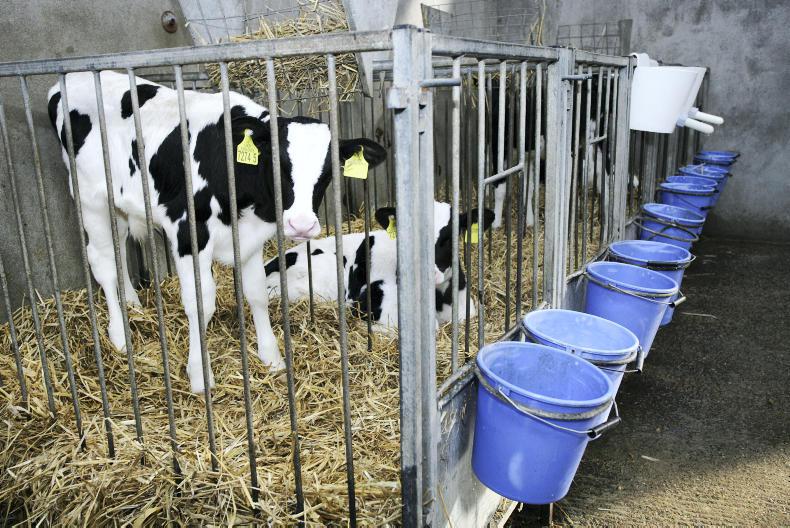
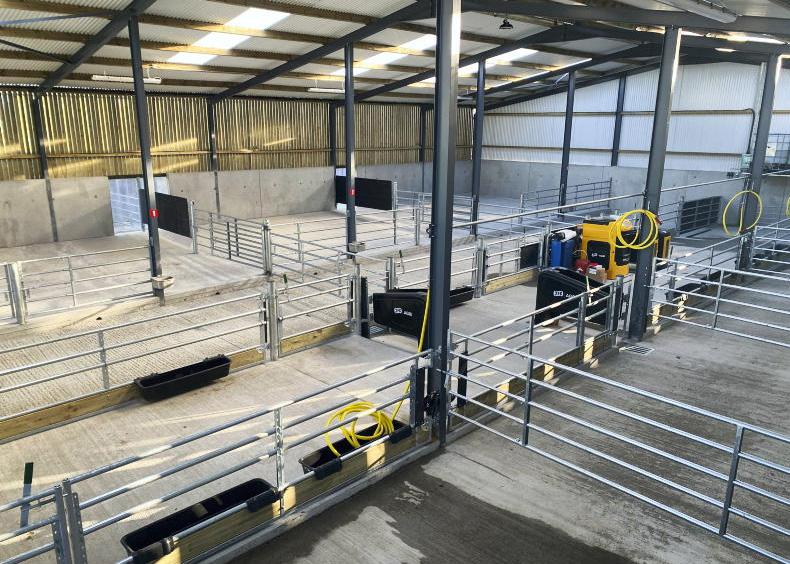

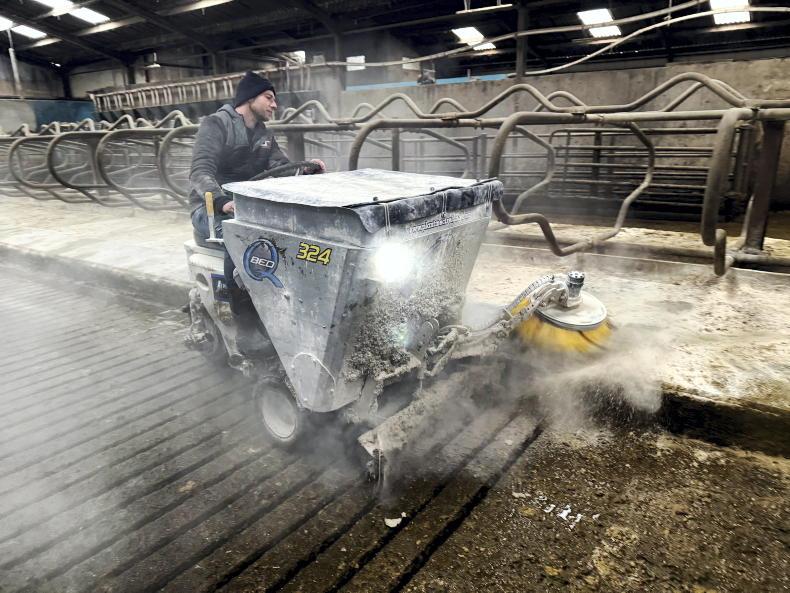
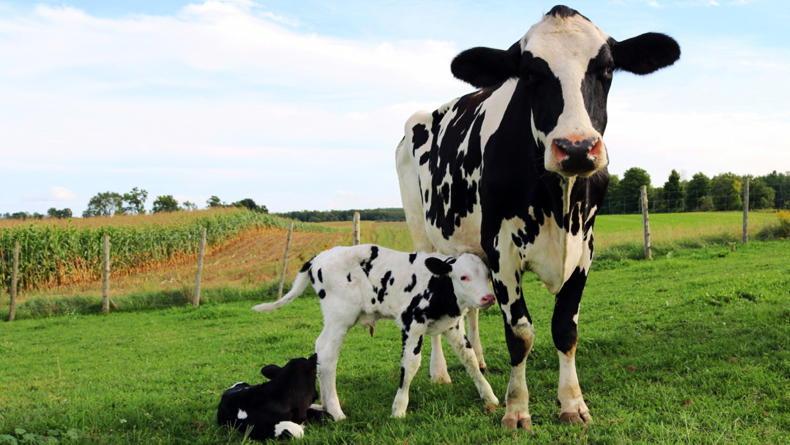
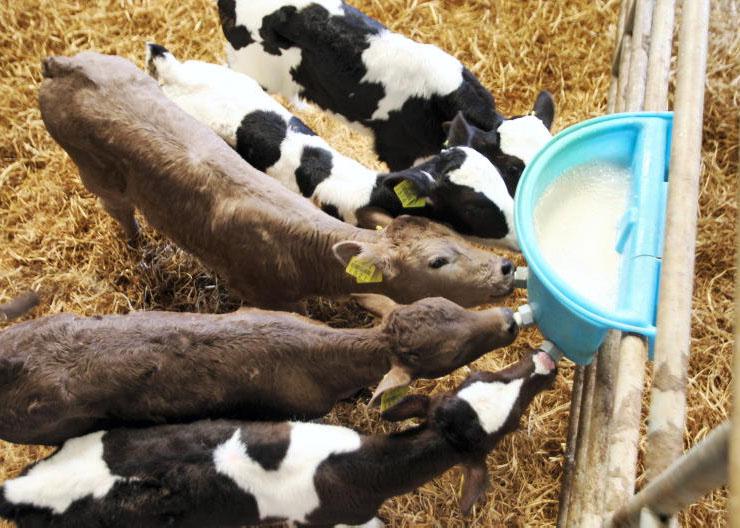
SHARING OPTIONS